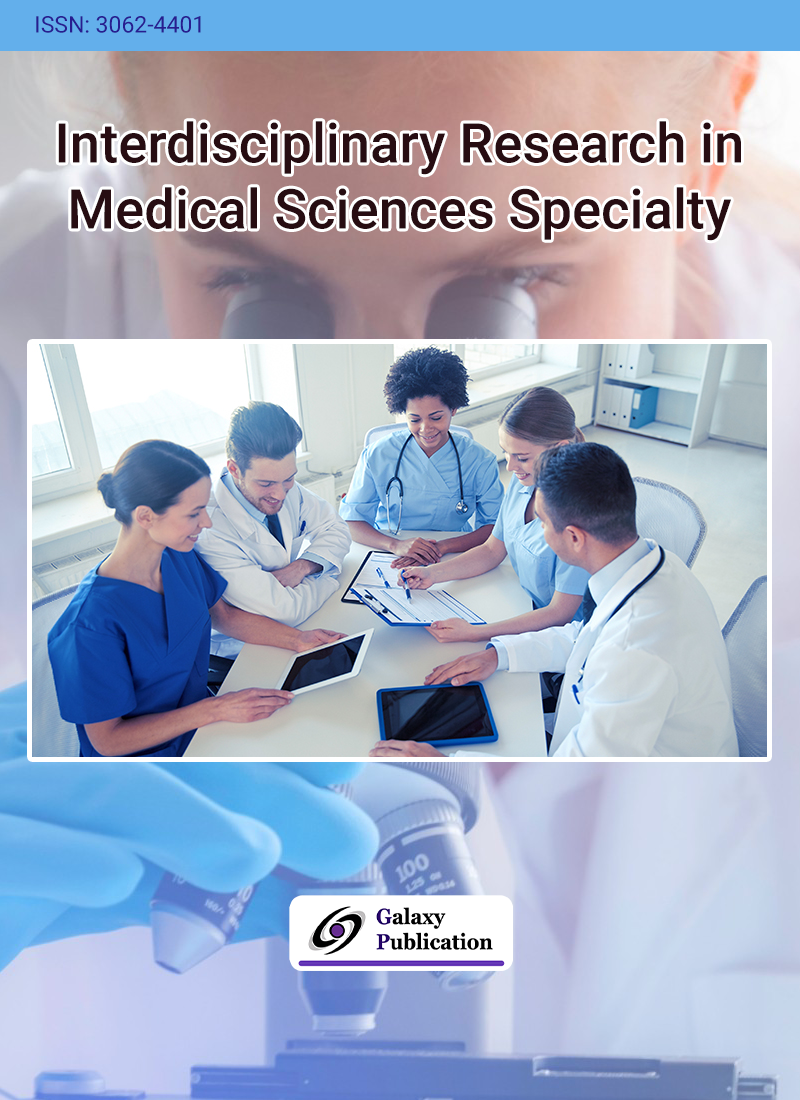
Under normal physiological conditions, the blood-aqueous barrier plays a vital role in maintaining ocular homeostasis. Research on the blood-aqueous barrier has been conducted through various approaches, with experimental animal studies being a prominent method in this field. This particular study investigated the permeability of the blood-aqueous barrier upon exposure to tetracycline antibiotics, comparing normal and pathological states using three groups of laboratory rabbits. Group 1 consisted of clinically healthy rabbits, while groups 2 and 3 consisted of animals with experimentally induced diseases. Rabbits in groups 1 and 2 were orally administered tetracycline tablets at a dose of 25 mg/kg body weight, three times at 8-hour intervals, while group 3 animals received 3% tetracycline solution topically to the lower eyelid three times daily. Clinical evaluations of the animals included palpation of the affected organs and body temperature measurements. Biological samples, including intraocular fluid and blood, were collected for analysis. This study presents the findings of tetracycline concentrations, hematological, and biochemical blood serum parameters of the subjects. On the ninth day following the Staphylococcus aureus suspension administration, clinical recovery was observed in all animals of groups 2 and 3, as evidenced by a return to normal health status, regular respiratory rate, stable pulse, and normalized body temperature. In the ocular examination, no signs of inflammation were observed in the iris, cornea, or conjunctiva of two animals in group 2.